Metal Detector That Can Detect Gold ?
A metal detector that can detect gold is a specialized device designed to specifically target and identify gold objects. These detectors are equipped with advanced technology and specific settings that allow them to differentiate between different types of metals, including gold. They utilize various detection methods such as frequency-based discrimination, ground balancing, and target identification to accurately locate gold items buried underground or hidden in other materials. These detectors are commonly used by treasure hunters, prospectors, and hobbyists who are searching for gold nuggets, jewelry, or other valuable gold artifacts. It is important to note that while these detectors are highly sensitive to gold, they can also detect other metals, so proper calibration and discrimination settings are necessary to avoid false readings.
1、 Electromagnetic Induction: Principle behind metal detection technology.
Electromagnetic Induction: Principle behind metal detection technology
Metal detectors are widely used in various industries and applications, ranging from security screening to treasure hunting. The principle behind metal detection technology is based on electromagnetic induction.
Electromagnetic induction is the process by which a changing magnetic field induces an electric current in a conductor. Metal detectors utilize this principle to detect the presence of metal objects.
When a metal object is brought near a metal detector, it disturbs the magnetic field generated by the detector. This disturbance causes a change in the magnetic field, which in turn induces an electric current in the metal object. The metal detector then detects this change in the electric current and alerts the user to the presence of metal.
In the case of a metal detector that can detect gold, the principle remains the same. Gold is a highly conductive metal, and when it comes in contact with a metal detector, it causes a significant disturbance in the magnetic field. This disturbance is detected by the metal detector, indicating the presence of gold.
It is important to note that the effectiveness of a metal detector in detecting gold depends on various factors, such as the size and purity of the gold object, as well as the sensitivity and capabilities of the metal detector itself.
In recent years, advancements in metal detection technology have led to the development of more sophisticated and sensitive metal detectors. These detectors utilize advanced signal processing algorithms and improved coil designs to enhance their ability to detect even small traces of gold. Additionally, some metal detectors now incorporate multiple frequency options, allowing users to optimize their settings for specific types of metals, including gold.
Overall, electromagnetic induction remains the fundamental principle behind metal detection technology, including the detection of gold. Ongoing advancements in this field continue to improve the accuracy and sensitivity of metal detectors, making them valuable tools in various industries and applications.
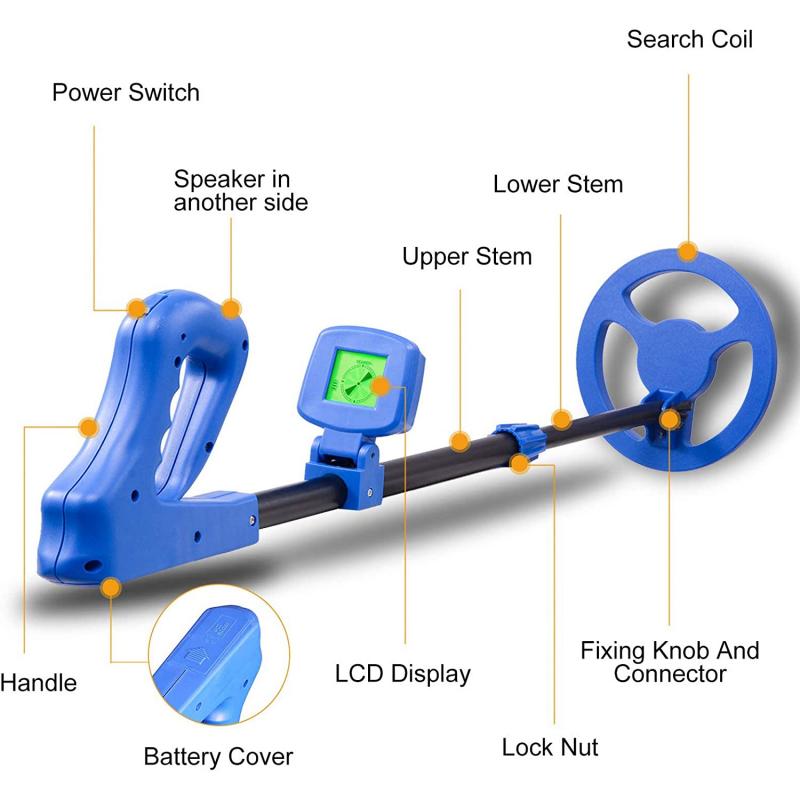
2、 Frequency Selection: Optimizing metal detector settings for gold detection.
Frequency Selection: Optimizing metal detector settings for gold detection.
One of the key factors in successfully detecting gold with a metal detector is the frequency selection. Different frequencies are better suited for detecting different types of metals, and gold has its own unique characteristics that require specific frequency settings for optimal detection.
Gold is a highly conductive metal, but it is also highly sensitive to electromagnetic interference. This means that the frequency used for gold detection needs to strike a balance between being able to penetrate the ground and detect small gold particles, while also minimizing interference from other minerals and metals.
In recent years, there have been advancements in metal detector technology that have led to the development of specialized detectors specifically designed for gold detection. These detectors often offer a range of frequency options to choose from, allowing users to select the best frequency for their specific gold hunting needs.
The latest point of view in frequency selection for gold detection is that lower frequencies, typically in the range of 5 kHz to 20 kHz, are more effective at detecting larger gold nuggets at greater depths. These frequencies provide better ground penetration and can detect gold that is buried deeper in the soil.
On the other hand, higher frequencies, ranging from 20 kHz to 60 kHz, are more suitable for detecting smaller gold particles, such as flakes or tiny nuggets. These frequencies are more sensitive to smaller targets and can provide better discrimination between gold and other metals.
It is important to note that frequency selection alone is not enough to ensure successful gold detection. Factors such as ground mineralization, coil size and type, and proper ground balancing also play crucial roles in maximizing gold detection capabilities.
In conclusion, the frequency selection is a critical aspect of optimizing metal detector settings for gold detection. The latest point of view suggests that lower frequencies are better for detecting larger gold nuggets at greater depths, while higher frequencies are more effective for detecting smaller gold particles. However, it is essential to consider other factors and use a combination of techniques to achieve the best results in gold detection.

3、 Ground Balance: Adjusting for mineralization to enhance gold detection.
A metal detector that can detect gold is equipped with advanced technology and features specifically designed to enhance gold detection. One crucial feature is the ground balance adjustment, which allows the detector to compensate for mineralization in the soil. Mineralization refers to the presence of minerals that can interfere with the detector's ability to accurately detect gold.
Ground balance adjustment is essential because different types of soil contain varying levels of mineralization. By adjusting the ground balance, the detector can filter out the mineralization signals and focus on detecting gold. This feature ensures that the detector is optimized for gold detection in different soil conditions, increasing its accuracy and sensitivity.
The latest point of view in metal detecting technology emphasizes the importance of ground balance adjustment for gold detection. Manufacturers are continuously improving this feature to provide more precise and reliable results. Some detectors now offer automatic ground balance adjustment, where the detector can analyze the soil mineralization and adjust itself accordingly. This eliminates the need for manual adjustment and makes the detection process more efficient.
Additionally, modern metal detectors often come with multiple ground balance modes, allowing users to choose the most suitable setting for their specific detecting environment. These modes may include preset options for different soil types or a manual mode for experienced users who prefer to fine-tune the ground balance themselves.
In conclusion, a metal detector that can detect gold incorporates ground balance adjustment as a crucial feature. This adjustment compensates for soil mineralization, enhancing the detector's ability to accurately detect gold. The latest advancements in metal detecting technology have further improved ground balance adjustment, offering automatic adjustment and multiple modes to cater to different detecting environments.
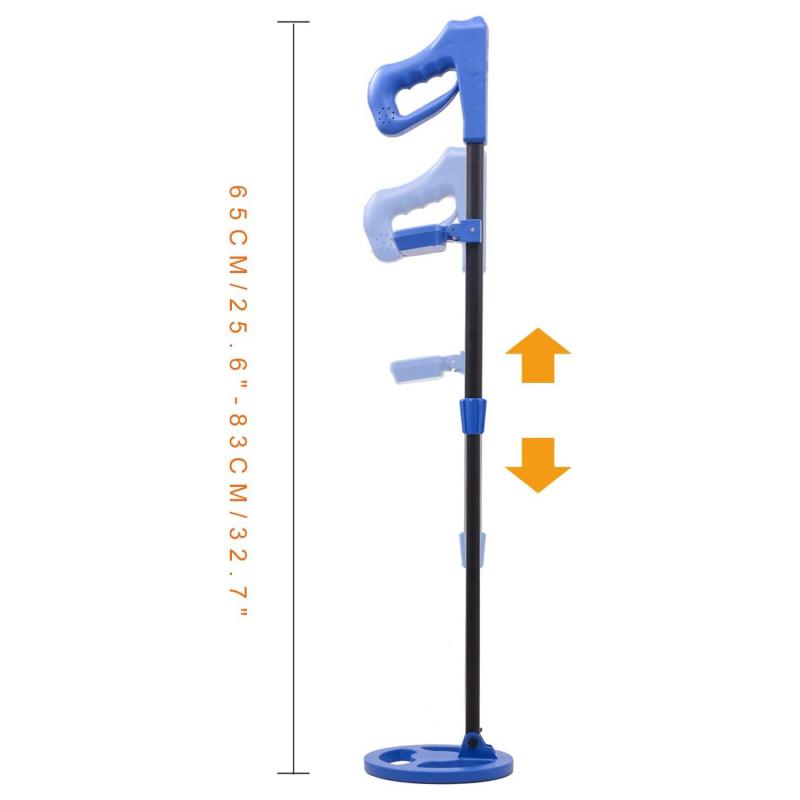
4、 Target Identification: Differentiating gold signals from other metals.
A metal detector that can detect gold is specifically designed to identify and locate gold objects buried underground or hidden in various environments. These detectors utilize advanced technologies and specific settings to differentiate gold signals from other metals.
Target identification is a crucial feature of these detectors as it allows users to distinguish between different types of metals. Gold has unique electromagnetic properties that can be detected by metal detectors. These detectors are equipped with specialized circuitry and software algorithms that analyze the signals received from the ground and provide accurate target identification.
The latest point of view in the field of gold detection is the development of multi-frequency metal detectors. These detectors operate at multiple frequencies simultaneously, allowing for better target identification and discrimination. By analyzing the response of different frequencies to the target, these detectors can provide more accurate information about the type of metal detected.
Additionally, advancements in signal processing and data analysis have improved the target identification capabilities of metal detectors. Sophisticated algorithms can now analyze the shape, intensity, and duration of the received signals to determine the likelihood of gold presence. This helps in reducing false signals and increasing the accuracy of gold detection.
Furthermore, some metal detectors now incorporate artificial intelligence and machine learning techniques. These detectors can learn from previous detection experiences and adapt their settings and algorithms accordingly. This enables them to become more efficient in differentiating gold signals from other metals over time.
In conclusion, a metal detector that can detect gold is equipped with target identification capabilities that differentiate gold signals from other metals. The latest advancements in multi-frequency operation, signal processing, and artificial intelligence have further improved the accuracy and efficiency of gold detection.





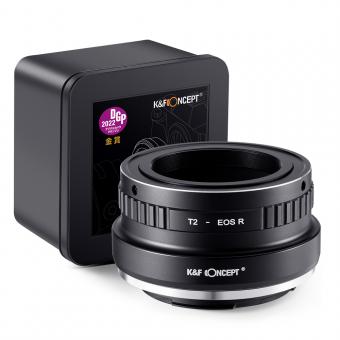















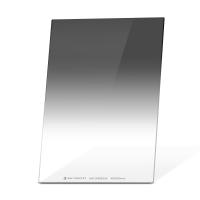
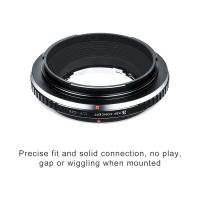









There are no comments for this blog.